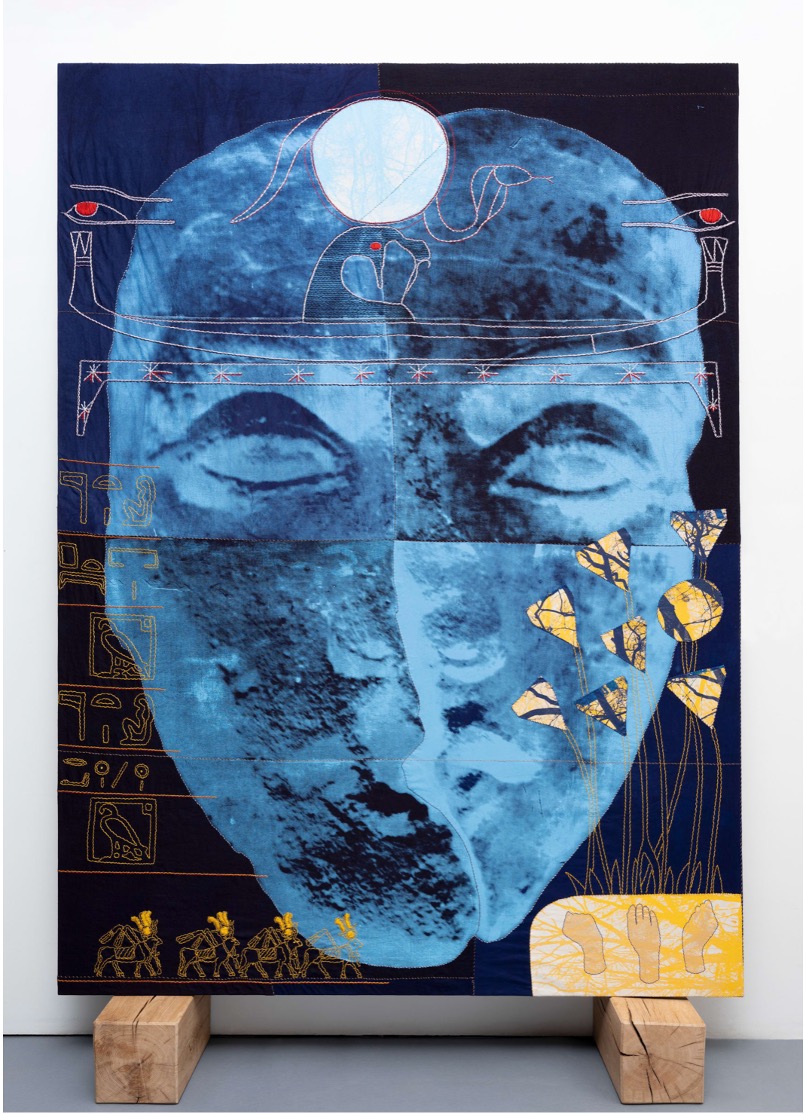Afrikan Liberation Movements in the Maafa: A History of Victorious Consciousness
DOI:
https://doi.org/10.15367/ma3xxv09Keywords:
Liberation Movements, Maroons, Reformation, Rebellion, Revolution, Plantation Era, LocationAbstract
Liberation is a language for the oppressed. It is whispered within the prayers of the hopeless, sung inside the hymns of the voiceless, and remembered by the descendants of the forgotten. Afrikan liberation exists beyond oppression. Afrikan liberation, defined here, is the ability to define reality to achieve holism. To begin this journey, we must start with Afrikan history. History does not always give us answers. It reveals how our predecessors grappled with the same questions. What is the process of liberation? What is the function? What are its qualities? How do we classify the different manifestations? To determine the answer, we must investigate the problem. The answers to these inquiries are riddled in the histories of our Afrikan ancestors. To this end, contemporary scholars must examine the most potent manifestation of oppression in human history, the Great Maafa. In particular, the scope of this ongoing study encompasses Afrikan liberation movements across North America during the Plantation Era (1600-1865 CE). It should be noted that the objective is to center the cultural narratives of our Afrikan ancestors and to understand the lessons left by their legacy. This article will analyze three prominent Afrikan liberation movements: the Haitian Revolution, Nat Turner's Rebellion, and the Maroon Wars. To accomplish this task, we will explore the accelerants and retardants for these monumental historical events. Henceforth, this author endeavors to restore Ma'at by balancing the scales of history.
Downloads
Published
Issue
Section
License
Copyright (c) 2025 Sadiki Muhammad

This work is licensed under a Creative Commons Attribution-NonCommercial-NoDerivatives 4.0 International License.

